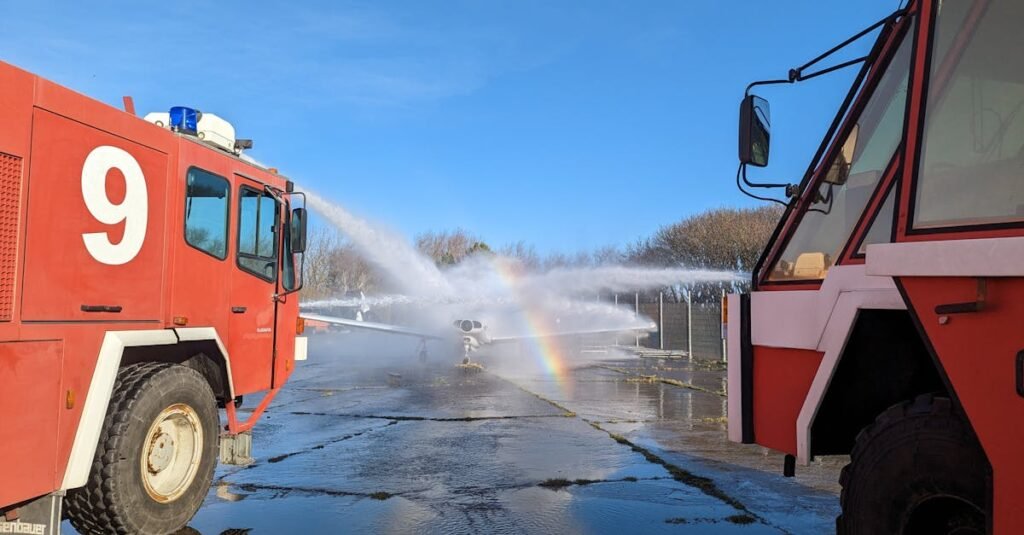When it comes to effective workouts, fire hydrant exercises are often overlooked but can yield fantastic results. These exercises primarily target the glutes, hips, and core, making them an excellent addition to any fitness regime. Not only do they enhance strength, but they also improve flexibility and stability. In this article, we will explore the benefits of fire hydrant workouts, provide a comprehensive list of variations, and answer some frequently asked questions to help you get the most out of your training.
| Fire Hydrant Variation | Description | Target Muscles |
|---|---|---|
| Standard Fire Hydrant | A classic exercise performed on all fours, lifting one leg to the side. | Gluteus Medius, Core |
| Fire Hydrant with Resistance Band | Adding a resistance band around the thighs to increase difficulty. | Glutes, Hips |
| Fire Hydrant Kick | Performing a kick after lifting the leg to the side for added intensity. | Glutes, Hamstrings |
| Fire Hydrant Pulse | Holding the leg up and pulsing for added muscle engagement. | Gluteus Medius |
| Weighted Fire Hydrant | Using ankle weights or a dumbbell for extra resistance. | Glutes, Core |
| Fire Hydrant with Leg Extension | Lifting the leg to the side and extending it straight back. | Glutes, Lower Back |
| Side-Lying Fire Hydrant | Lying on your side and performing the movement to target the outer thighs. | Glutes, Outer Thighs |
Standard Fire Hydrant
The standard fire hydrant is a foundational exercise that is simple yet effective. Start on your hands and knees, ensuring your wrists are aligned with your shoulders and your knees with your hips. Keeping your knee bent, lift one leg out to the side until it is parallel with the ground. This move primarily targets the gluteus medius, which is crucial for hip stability and overall strength.

Fire Hydrant with Resistance Band
This variation adds an extra challenge by incorporating a resistance band around your thighs. It increases the tension during the movement, making your muscles work harder. This not only enhances muscle engagement but also helps in building endurance in the glutes and hips. It’s a perfect way to progress from the standard fire hydrant.

Fire Hydrant Kick
<pAdding a kick to the fire hydrant increases the intensity of the workout. After lifting your leg to the side, extend it straight back while keeping your core engaged. This variation not only targets the glutes more effectively but also works the hamstrings, providing a full lower-body workout.
Fire Hydrant Pulse
The pulse variation involves holding the lifted position and performing small pulses up and down. This technique increases time under tension for the glutes, resulting in greater muscle activation and strength development. It’s a fantastic way to isolate the glutes and get a deeper burn.

Weighted Fire Hydrant
Incorporating weights, such as ankle weights or a dumbbell, adds resistance to the fire hydrant, enhancing strength gains. This variation is perfect for those looking to challenge themselves further. The added weight forces your muscles to work harder, leading to improved muscle tone and definition.

Fire Hydrant with Leg Extension
This variation combines the benefits of the fire hydrant with a leg extension. After lifting your leg to the side, extend it straight back, engaging your glutes and lower back. This move targets multiple muscle groups, providing a comprehensive workout that promotes strength and stability.

Side-Lying Fire Hydrant
Performing the fire hydrant while lying on your side targets the outer thighs and glutes effectively. This variation is excellent for those who may find it challenging to perform the traditional fire hydrant on all fours. It’s particularly beneficial for improving hip strength and stability, making it a valuable addition to your workout routine.

FAQ
What are the benefits of fire hydrant workouts?
Fire hydrant workouts primarily strengthen the glutes and hips, improve core stability, enhance flexibility, and can help prevent injuries by promoting better body mechanics. They also contribute to overall lower body strength, which is essential for various physical activities.
How often should I include fire hydrant workouts in my routine?
Incorporating fire hydrants into your routine 2-3 times a week is generally recommended. Allow for rest days in between sessions to let your muscles recover and grow stronger.
Can beginners do fire hydrant workouts?
Absolutely! Fire hydrants are beginner-friendly and can be modified to suit any fitness level. Start with the standard version and progress to variations as your strength improves.
Are fire hydrant workouts effective for weight loss?
While fire hydrants are not a high-calorie-burning exercise, they contribute to muscle building, which can increase your resting metabolic rate. Incorporating them into a balanced workout routine can aid in weight loss when combined with proper nutrition and cardiovascular activities.
How can I ensure proper form while doing fire hydrants?
To maintain proper form, keep your back flat and avoid arching or rounding your spine. Engage your core throughout the exercise, and focus on controlled movements to prevent injury and maximize effectiveness.
For more information on effective workouts and health guidelines, you can refer to trusted resources such as [CDC Physical Activity Guidelines](https://www.cdc.gov/physicalactivity/basics/pa-health/index.htm) and [NIH Exercise Recommendations](https://www.nhlbi.nih.gov/health-topics/exercise).



